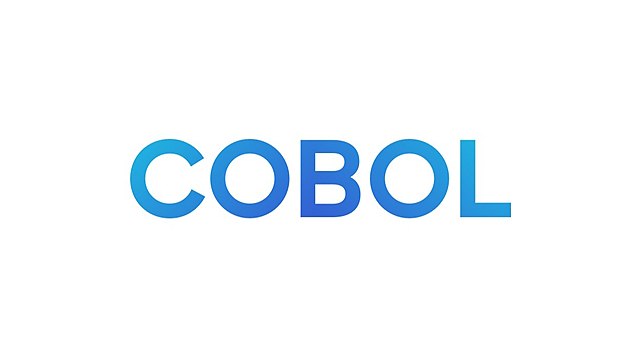COBOL, a venerable programming language, is still widely used in legacy systems, particularly in enterprise environments. Integrating COBOL programs with modern databases is essential for maintaining and enhancing these systems. This tutorial will guide you through the process of connecting COBOL programs to databases, enabling seamless data interaction.
Prerequisites
- Basic understanding of COBOL programming.
- Familiarity with database concepts and SQL.
Connecting COBOL Programs to Databases
Step 1: Choose a Database System
Before diving into coding, you need to select a compatible database system. Common choices include IBM DB2, Oracle Database, MySQL, and PostgreSQL. Ensure that your chosen database provides support for COBOL connectivity.
Step 2: Install Necessary Drivers or Middleware
Depending on your chosen database system, you may need to install specific drivers or middleware to facilitate communication between COBOL programs and the database. Consult the documentation provided by your database vendor for installation instructions.
Step 3: Define Database Connection Parameters
In your COBOL program, define the necessary parameters for establishing a connection to the database. This typically includes details such as the database hostname, port number, username, and password. These parameters may vary depending on the database system you’re connecting to.
IDENTIFICATION DIVISION.
PROGRAM-ID. DATABASE-PROGRAM.
DATA DIVISION.
WORKING-STORAGE SECTION.
01 DB-HOSTNAME PIC X(50) VALUE 'localhost'.
01 DB-PORT PIC 9(4) VALUE 3306.
01 DB-USERNAME PIC X(20) VALUE 'username'.
01 DB-PASSWORD PIC X(20) VALUE 'password'.
01 DB-NAME PIC X(50) VALUE 'database_name'.Step 4: Establish Connection to the Database
Use the appropriate method or API provided by your database system to establish a connection within your COBOL program.
PROCEDURE DIVISION.
CONNECT TO database-name
USER db-username
USING db-password.Step 5: Execute SQL Queries
Once the connection is established, you can execute SQL queries to retrieve, insert, update, or delete data from the database.
EXEC SQL
SELECT column1, column2
INTO :variable1, :variable2
FROM table_name
WHERE condition.Step 6: Handle Database Transactions
Ensure proper handling of database transactions within your COBOL program to maintain data integrity. This includes committing or rolling back transactions as needed.
EXEC SQL COMMIT WORK.Step 7: Close Database Connection
After completing database operations, close the connection to release resources and maintain system efficiency.
PROCEDURE DIVISION.
DISCONNECT database-name.Conclusion
By following this tutorial, you’ve learned how to interface COBOL programs with databases effectively. With seamless connectivity, you can leverage the power of modern databases while retaining the reliability and robustness of COBOL applications. Experiment with different database systems and explore advanced features to enhance your COBOL-based solutions.


